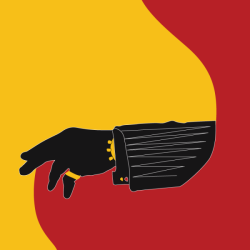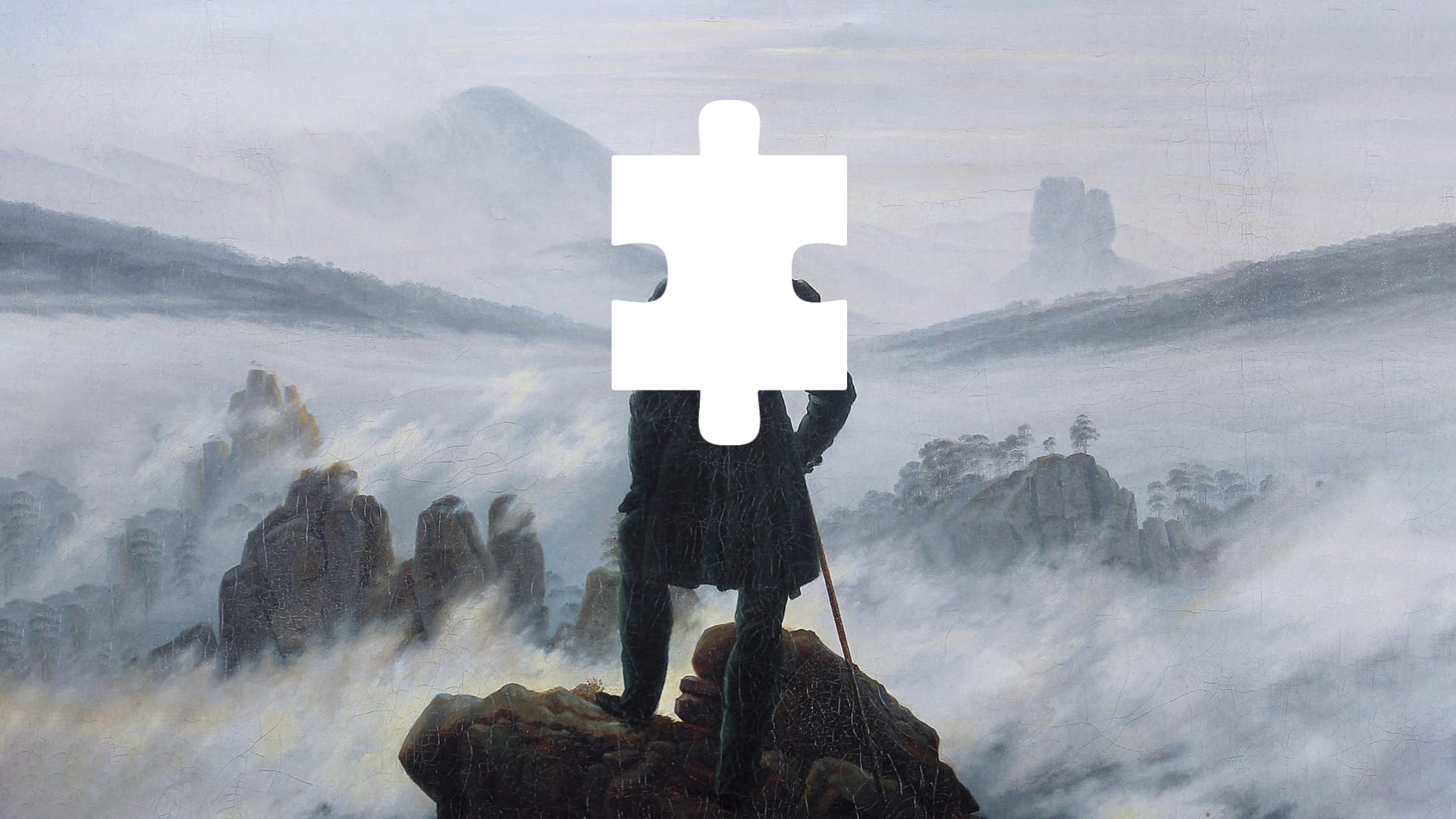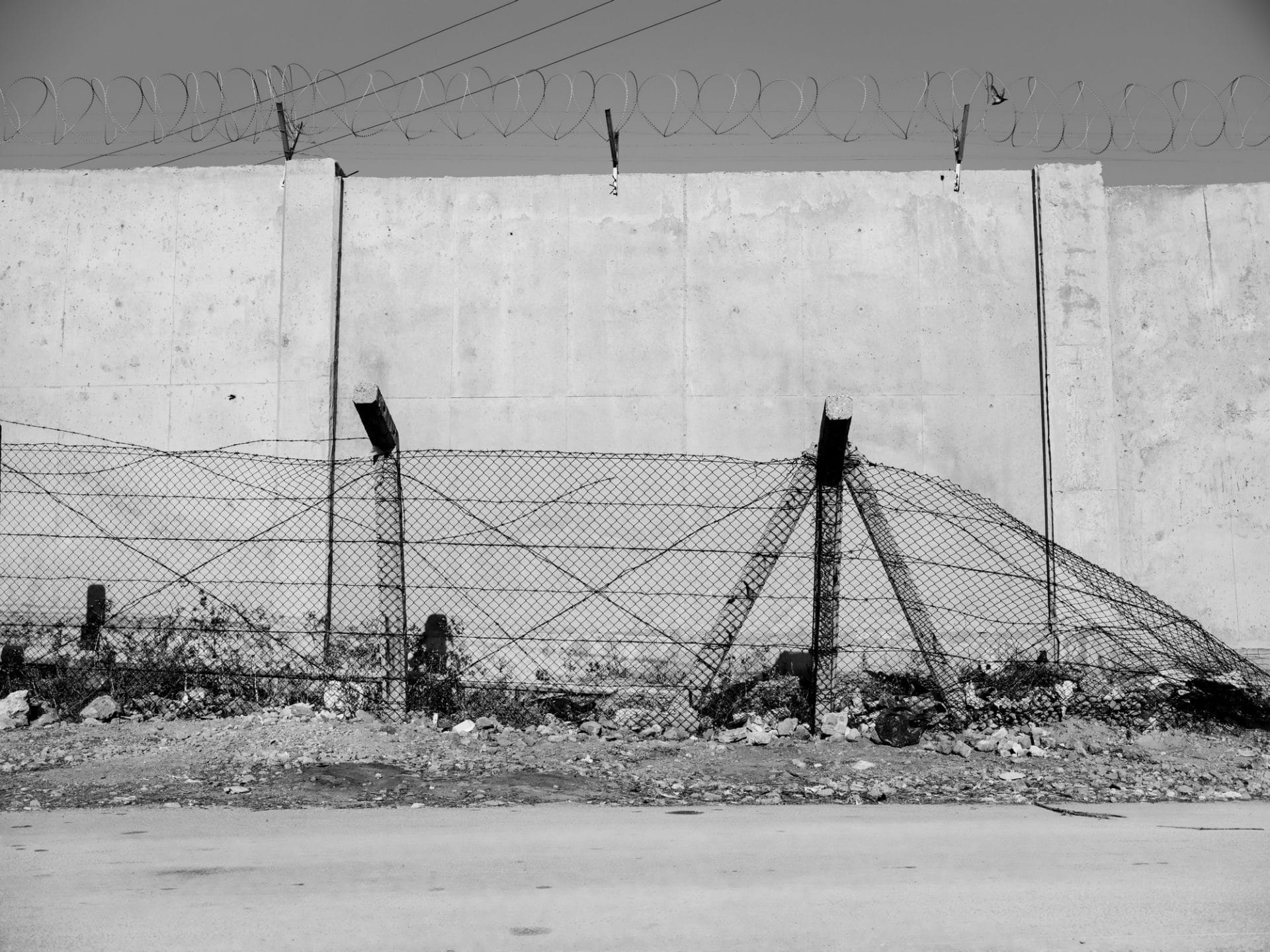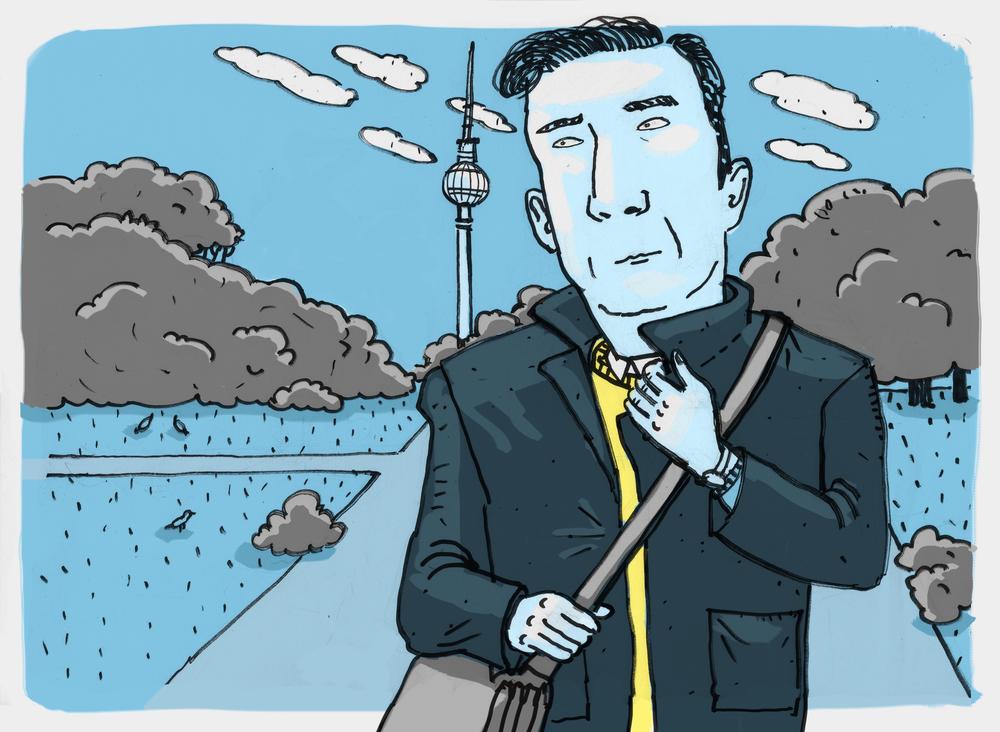Sara Kontar stands at the Lebanese-Syrian border taking photographs, knowing she cannot cross the line that separates her from her country. The French asylum law that saved her life is also a trap. A return to Syria would mean losing everything she’s built in exile. And staying safe in Europe means an ongoing, undetermined separation from the place and people that made her. “I never stop feeling like I’m traveling,” she says about a life lived in apparently permanent transit. “This feeling never stops.”
Halfway around the world, an exiled Uyghur linguist opens his laptop, connecting to students scattered across three continents for a language lesson that could have gotten him killed back home in Xinjiang. Abduweli Ayup spent 15 months in a Chinese prison for the crime of teaching children their mother tongue. Now he continues to teach, but the surveillance systems that drove him from his home have learned to follow him in exile.
Meanwhile, in rural Europe, a teenager felt so alienated by environmental catastrophe and urban modernity that he joined an off-grid settlement promising a return to “natural” living. His new community, with its disturbing historical “blood and soil” echoes, operates with the same transnational infrastructure as those fleeing persecution: Telegram networks, international gatherings, dispersed organizing.
And across the United States—once the ultimate destination for those fleeing authoritarianism—journalists, activists, and dissidents increasingly ask themselves a question that would have seemed absurd a decade ago: Where do we go when this place falls?
Each of these stories reveals a different piece of the puzzle: how displacement operates in our time, what sanctuary means, and what it costs to stay connected while trying to escape. Together, they map a fundamental transformation in how power operates in our era.
Understanding displacement in the 21st century has become central to understanding power itself: how it is exercised across borders, how resistance operates, and how communities reorganize around new forms of belonging. This is why we are launching “The Age of Exile”—a special series investigating displacement in the modern world. For our journalists, exile is not just a humanitarian crisis or a theme. It’s a lens through which to see how the world is changing.
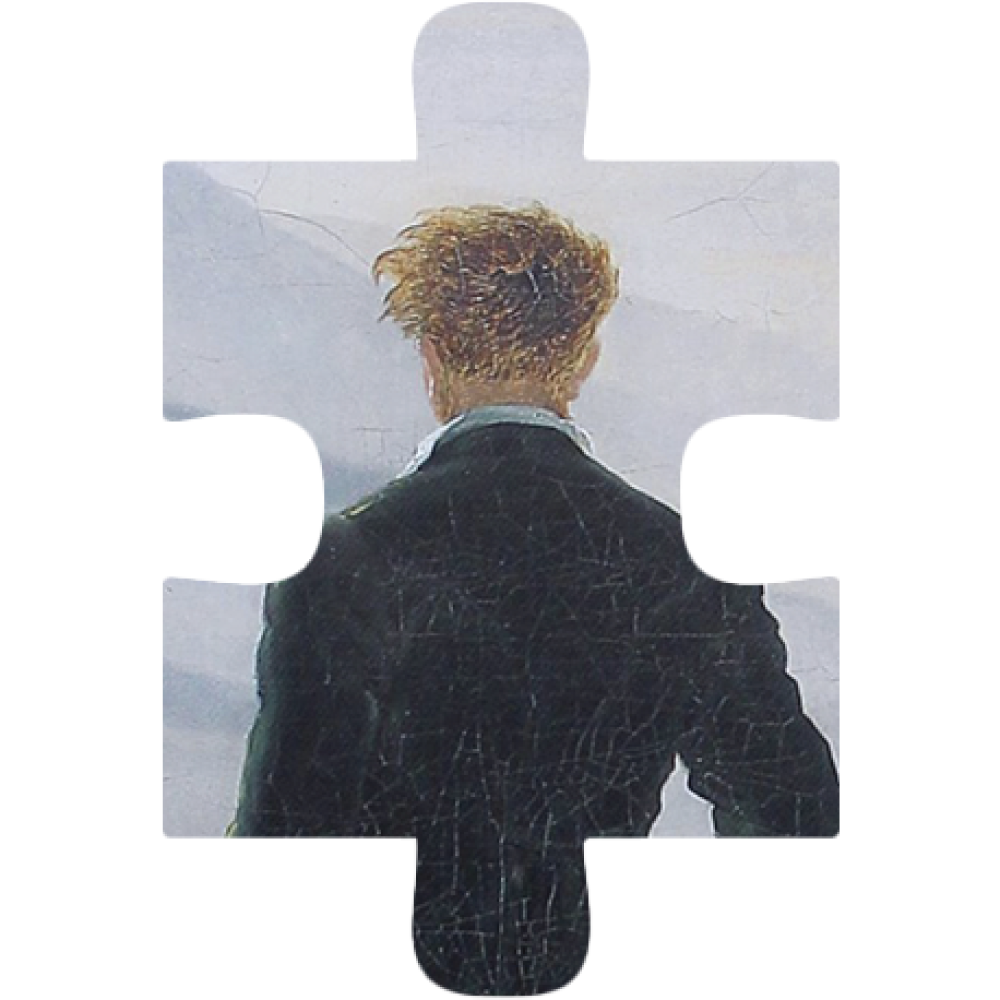
The changing nature of exile
Whenever I think of exile, I think of my childhood. I was 10 years old in Tbilisi, then in the midst of civil war, and life had become a long series of goodbyes. We watched our world empty out, family by family, week by week. There was no gas, no electricity, no food—just violence, darkness and bread lines stretching for hours. Every week, another family would come to say goodbye: aunts, uncles, school friends, the family from the fourth floor. They were leaving for anywhere that wasn’t falling apart.
Those gatherings, in rooms thick with cigarette smoke and the smell of bubbling Turkish coffee, were layered with contradictions: their grief at leaving mixed with envy that we would remain rooted, our envy that they had found a way to escape, and underneath it all, our collective mourning for all that was being lost—not just families and individual relationships but the fabric of an entire world being torn apart.
Back then, leaving was akin to severing. Letters arrived less frequently. Phone calls were expensive, the crackling line a manifestation of the distance. Communities dispersed, connections frayed, memories faded. The families who left became stories we told about people who used to live here, whose apartments now housed strangers, whose children we’d never meet again.
That was exile then: an irreversible absence.
But that’s not exile now. Today’s exiles carry entire worlds in their pockets. They organize resistance across time zones, preserve languages through apps, watch homelands collapse in real time through livestreams they cannot look away from. They maintain influence and identity across continents in ways that would have seemed impossible just a generation ago.
But the same technologies enabling connection also enable persecution. Authoritarian regimes don’t need to keep people imprisoned within borders—they can subject even those in self-exile to a form of remote control, of borderless authority. Surveillance systems follow activists across continents. Transnational repression turns safety into illusion and digital lifelines become tracking devices.
As democracy retreats globally, the space for sanctuary is shrinking. There are fewer and fewer places left to go. Belarusian activists now flee to Georgia only to watch the same “foreign agents” laws that they left behind become the law in Tbilisi, Nicaraguan dissidents who seek sanctuary in Costa Rica find that the Ortega regime’s reach extends across the border. Burmese refugees in Thailand face detention, extortion, and the constant threat of deportation.
Technology has transformed exile, as it transforms everything. In host societies that feel overwhelmed by newcomers, in origin countries emptied of their young, in the digital networks connecting them, people feel increasingly displaced from the world around them, displaced from belonging itself. Some flee this alienation by seeking communities that operate transnationally, constructing new forms of identity and power that reshape host societies. Others discover sanctuary internally—what Soviet dissidents called “inner exile,” the psychological condition of being present in your body but exiled from your world. When your homeland no longer feels like home even if you never leave it. When you exist geographically inside a country but spiritually, politically, ideologically outside it. This may be the most common form of exile our age creates: not fleeing across borders, but fleeing inward.
Most exile journalism tells essential stories—refugees fleeing war, journalists escaping persecution, dissidents seeking sanctuary. These stories matter. But they’re symptoms of something deeper. We’re investigating the root cause: how displacement itself has become the infrastructure through which power operates in the 21st century. Our Age of Exile series examines exile not as just a humanitarian crisis but as the perspective through which to understand much about how our world is changing. We’ll bring you stories from frontiers others miss: on how identity is constructed and across borders, on how communities can cohere even when scattered, and how the same technologies that enable resistance also enable surveillance.
Read these stories and share your own: Where and how have you encountered exile: in your own displacement, in communities around you, in the feeling of being foreign in your own country? What stories do you want to see told? What questions demand answers? Your experiences and insights will shape this series, because mapping displacement in the 21st century means listening to voices from everywhere. Help us understand what it means to construct belonging when connection across borders enables both community and control.




